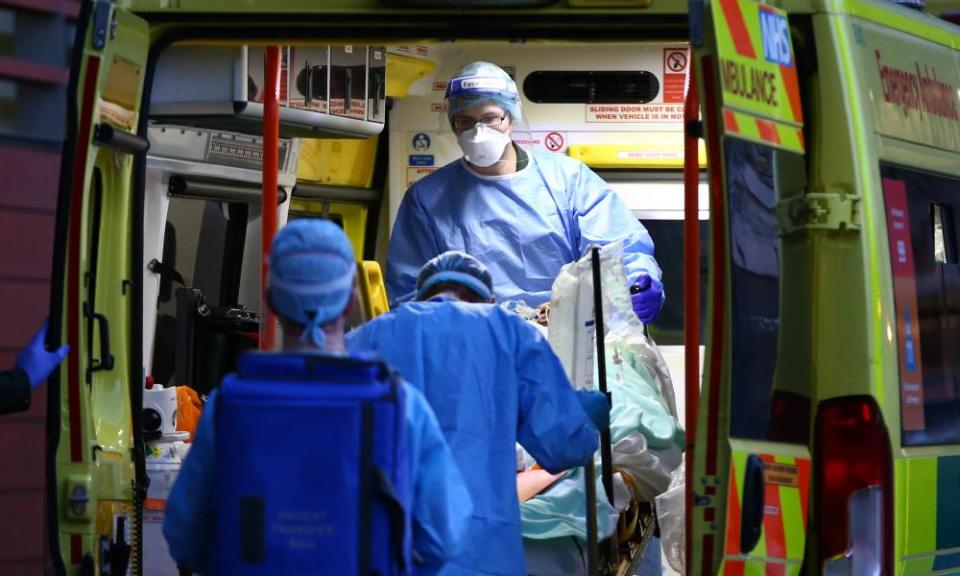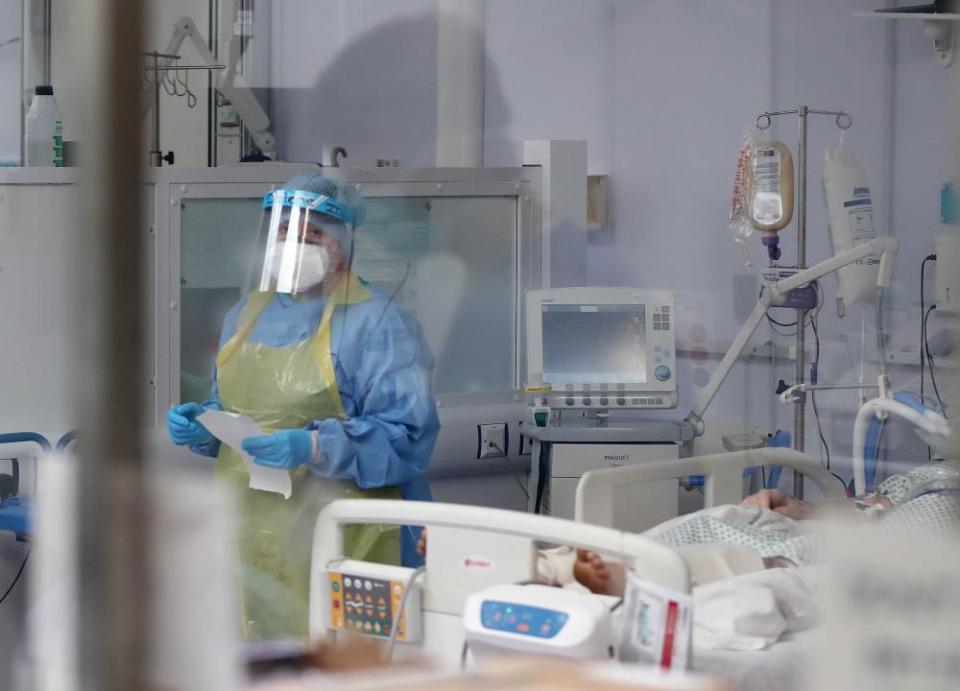The pandemic one year on: 100,000 dead in the UK from coronavirus

2020 begins: An ominous warning
The World Health Organization begins tracking the disease we now call Covid-19. On 14 January it finds its first case outside China, in Thailand. Human-to-human transmission seems likely, and on 30 January WHO warns this is a “public health emergency of international concern” – the highest level of alert that WHO can issue.
January 2020: First UK cases are confirmed
The first confirmed cases in the UK are discovered at the end of January when two Chinese nationals fall ill at a hotel in York. A week later, a British businessman in Brighton is diagnosed after catching the virus in Singapore. This case was later linked to five others in the UK. Covid-19 has arrived.
Watch: Wuhan researchers virus claims
March 2020: ‘An older patient has died’
On 5 March, England’s chief medical officer, Chris Whitty, reports that “an older patient” had died after testing positive for Covid-19 which was contracted in the UK. At the time, this was thought to be Britain’s first Covid death. Subsequent studies have suggested that some deaths may have already occurred.
Lockdown 1: was it too little, too late?
On 23 March, prime minister Boris Johnson announces a national lockdown to contain Covid-19, having resisted, for many days, mounting pressure from scientists to take action. Later analysis indicates that if lockdown had been imposed one week earlier it would have saved 21,000 of the lives that were subsequently lost to the disease.

May: The death toll mounts
On 5 May, Britain overtakes Italy and reports the highest official death toll from Covid-19 in Europe, with more than 32,000 deaths. This figure also places it second worldwide for deaths, behind only the US.
July: A return to (some) normality
On 17 July, Johnson announces plans to return the country to normality by November. Measures included the reopening of bowling alleys, ice-skating rinks and casinos; restarting indoor performances; piloting of larger gatherings in venues such as sports stadiums; and permitting wedding receptions for up to 30 people.

Economy: Sunak’s scheme backfires
Chancellor Rishi Sunak launches his “eat out to help out” scheme which funds discounts on food at participating restaurants. Subsequent research by Warwick University academics suggests the scheme was closely linked to an increase in Covid cases over the summer.
September: Testing under fire as cases rise
On 17 September, with numbers of Covid cases starting to rise sharply each week, testing tsar Baroness Dido Harding admits that demand for tests is significantly outstripping capacity but “strongly refutes the suggestion that the system is failing”.
Firebreaks: Calls to halt spread rejected
In September, the Sage committee, the government’s scientific advisers, recommends imposing a short “circuit-breaker” lockdown in England to coincide with half-term holidays in order to halt the continuing spread of Covid. The idea is rejected by the government.

November: ‘The scientists have done it’
Both Pfizer and AstraZeneca announce in November that phase 3 trials of their Covid vaccines have produced results that indicate both versions provide strong protection against the virus. “The scientists have done it,” Johnson later tells a Downing Street press conference.
Christmas: Celebration... and a new lockdown
The government allows households to mix over Christmas, despite growing case numbers and the discovery of a new variant. A new national lockdown is imposed after Christmas as Covid case numbers spiral.

January 2021: The UK’s grim milestone
With the UK’s official Covid death toll at more than 97,000 and growing by more than 1,000 deaths a day, the grim milestone of more than 100,000 deaths is expected by the end of the month – one of the worst rates of fatality in the world.
Watch: What is long COVID?

 Yahoo Finance
Yahoo Finance 